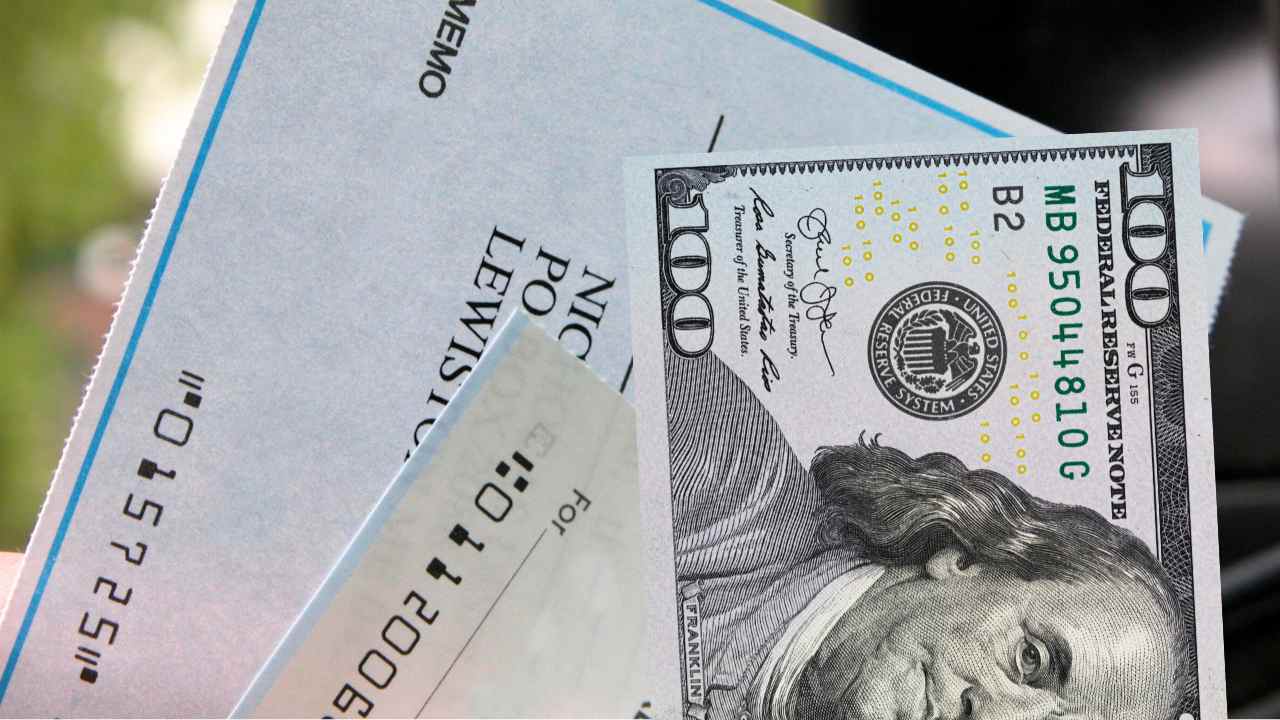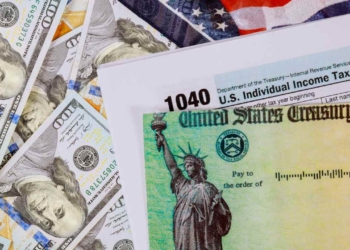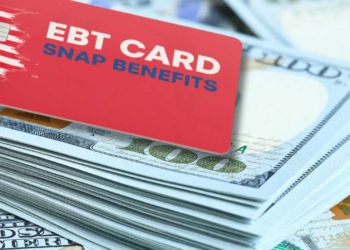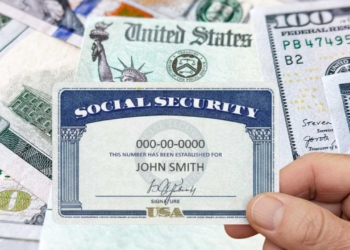President Donald Trump has put forward a proposal for the implementation of a dividend stimulus check of at least $2,000 per person that would be paid to American citizens, specifically excluding high-income individuals.
The proposal was communicated publicly through his personal social media account. The core idea of this measure is directly linked to the revenue that the federal government is collecting and could continue to collect from the tariffs that have been imposed on a variety of imports entering the United States.
Will You Get a $2,000 Check? Breaking Down Trump’s Tariff Dividend Proposal
To date, no formal legislation has been introduced in the United States Congress that exhaustively details the proposal. The absence of specific legislation leaves a series of critical questions without an official and definitive answer.
The exact parameters that would determine who qualifies for the payment, the tentative date for the disbursement, or the exact logistical mechanism for distributing the funds have not been established. This lack of specificity has generated debate about the practical feasibility of the initiative.
Treasury Secretary Scott Bessent has provided statements that add a further layer of ambiguity to the matter. Bessent indicated that the payment “could come in many forms,” suggesting that it would not necessarily be a direct check mailed to citizens. This statement leaves open the possibility that the benefit could materialize through other fiscal instruments, such as tax cuts or specific tax deductions, rather than a tangible, direct cash payment to families.
Proposed Funding Through Tariffs and Challenges to Surpass
The proposed funding source for this ambitious dividend program is the revenue collected from tariffs on imports. Various media outlets have reported that the central idea from President Trump is to use the funds from these customs duties to cover the total cost of the promised payments to the population.
According to data provided by the government, during the 2025 fiscal year, the government has collected approximately $195 billion in customs duties, with cumulative data until September 30. This figure is presented as the potential financial base for the initiative.
However, economic analysts and fiscal policy experts have pointed out that the real net revenue available could be significantly lower once adjustments are made for the adverse fiscal effects of the tariffs themselves.
These effects include a potential decrease in the volume of international trade and legal refunds that affected companies might request. The discrepancy between gross collection and usable net collection represents a first financial obstacle for the proposal.
Eligibility Criteria: Who Would Get $2,000 Stimulus Checks
Preliminary calculations indicate that if a payment of $2,000 per person were made and applied to a base of approximately 150 million American adults, the total disbursement would exceed $300 billion.
This figure exceeds the reported tariff income by a considerable margin, implying that the collected funds would not be sufficient to cover the entire program without impacting other areas of the federal budget or, alternatively, without increasing the national fiscal deficit.
Regarding eligibility to receive the dividend, press reports have discussed a potential income threshold. It has been repeatedly mentioned that the cutoff to qualify could be set for families with annual incomes below $100,000.
This limit, if implemented, would aim to expressly exclude taxpayers considered to have high incomes, as mentioned in the initial proposal. However, this criterion has not been officially confirmed through a legislative document.
It is not clearly defined whether the payment would be per individual or per family unit. It has also not been specified whether dependents, such as minor children, would be included in the payment and, if so, whether the amount for them would be identical or smaller.
How Many Americans Would Receive These Stimulus Checks
The tariff policy implemented by the administration is currently under review by the Supreme Court of the United States. The court case focuses on the use of the International Emergency Economic Powers Act (IEEPA) as the legal basis for imposing these tariffs. If the high court decides to overturn or limit these tariffs, or if it orders refunds to importers, the proposed funding base for the checks could evaporate completely, leaving the initiative without funds.
Some economics publications have produced estimates based on the $100,000 threshold assumption. According to these calculations, approximately 60% of US households, equating to nearly 77 million families, could meet the requirements to receive the benefit.







